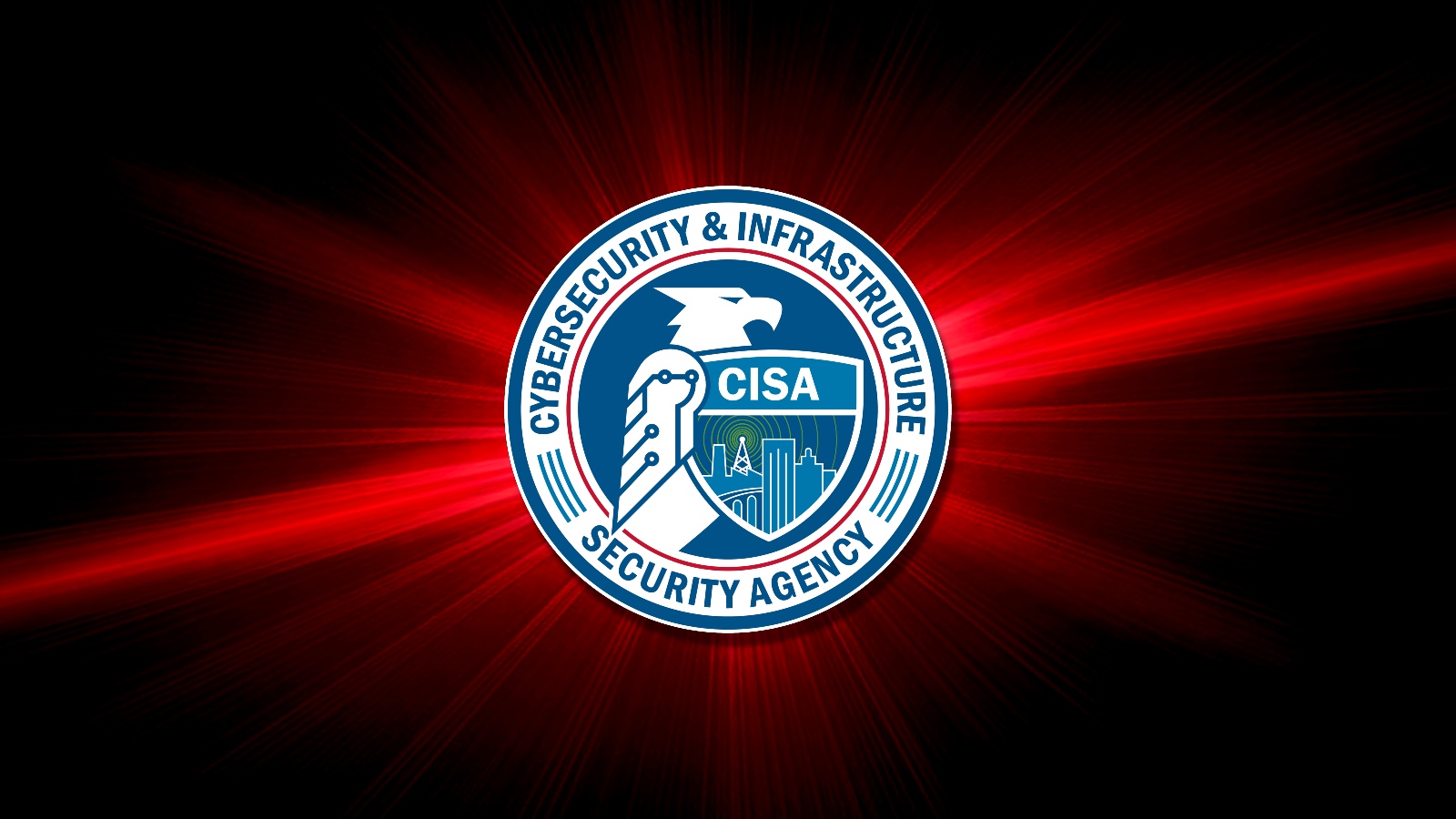This past week has been a whirlwind for anyone keeping an eye on cybersecurity law. Between significant staffing changes at CISA and funding scares around the CVE database, businesses are rightly concerned. Whether you’re a solo entrepreneur or leading a global enterprise, these updates matter. Why? Because they influence the rules, resources, and real-time protection we all rely on.
In this article, we’ll unpack how these developments affect your team, your tech stack, and your responsibilities under modern cybersecurity law. And we’ll do it in plain English. No jargon. Just real talk about what’s shifting, what’s at stake, and what your next steps should be.
CISA Cuts: A Blow to Small Business Security

The Cybersecurity and Infrastructure Security Agency (CISA) just revealed it might lose over half of its staff. Of its contracting base, roughly 40% and 1,300 full-time workers are included. CISA has provided a foundation for numerous companies, particularly small to medium-sized ones. Its free advice, standards, and alerts have served as a compass for guiding best practices and cybersecurity law.
Many companies run the risk of falling below the “security poverty line”—a phrase used to characterize the gap between those who can afford advanced defenses and those who cannot—without such assistance. As compliance rules get more complicated and threats get more sophisticated, this growing gap could become more harmful.
Those who rely on CISA for guidance on government risk frameworks or interpretation of cybersecurity law may now be left fending for themselves. This change affects everyone, depending on national standards to satisfy cybersecurity compliance, not only the government.
CVE Database: Temporarily Saved, But For How Long?
In a second major shake-up, the Common Vulnerabilities and Exposures (CVE) database—an essential tool for tracking known software flaws—nearly lost its federal funding. Managed by MITRE and supported by CISA, the CVE program was rescued at the last minute, receiving 11 more months of funding.
For many IT security specialists, this database is irreplaceable. It’s the baseline tool used by teams to track and respond to software vulnerabilities before attackers can exploit them. But its near-shutdown raises uncomfortable questions about the long-term stability of the tools businesses use to remain compliant with cybersecurity law.
Statistics show that over 70% of successful cyberattacks exploit known vulnerabilities. Losing a resource like CVE—even temporarily—would have put thousands of companies at risk. It also would have forced firms to scramble for less transparent, less centralized alternatives.
Legal Pressure: Cybersecurity Law Is Becoming a Moving Target
The shifts at CISA and CVE aren’t happening in a vacuum. They come at a time when cybersecurity law is expanding rapidly. New mandates in the U.S., UK, and EU are requiring organizations to report breaches faster, shore up supply chains, and validate their security controls more frequently.
For companies already stretched thin, this legal complexity creates serious pressure. It’s no longer enough to simply “have a firewall.” Today, businesses must show documented processes, active monitoring, staff training, and proof of patching vulnerable systems—all components that advanced cybersecurity solutions typically support.
This is where having an IT security specialist is no longer a luxury but a necessity. These professionals help navigate shifting legal requirements and ensure that systems are prepared for audits and real-time threats. Whether it’s SOC 2, ISO 27001, or GDPR, staying on the right side of the law means keeping pace with tools, people, and procedures.
The Role of AI and Verification in Vulnerability Management
Emerging threats like “slop squatting”—where AI-generated code suggests malicious or fake software packages—are complicating the cybersecurity landscape even further. Developers relying on Large Language Models (LLMs) for code suggestions are finding themselves tricked by seemingly legitimate but dangerous code libraries.
This only makes cybersecurity compliance harder. Not only do businesses need to monitor their own systems, but now they must verify the legitimacy of open-source tools and AI-assisted recommendations. In this climate, verification processes become just as critical as firewalls.
Advanced cybersecurity solutions are starting to offer AI tools that help with this exact challenge. They detect anomalies, flag suspicious dependencies, and help ensure that what enters your environment has been properly vetted.
Businesses Must Shoulder More Responsibility
Another big takeaway from this week’s news is the shifting responsibility model. As public sector support from organizations like CISA shrinks, the burden is falling more heavily on private enterprises to manage their own security and compliance posture.
This includes understanding how to implement data compliance measures across every layer of your technology stack. With more regulatory scrutiny and less public support, companies must lean on IT security specialists and internal teams equipped with the right tools to prevent, detect, and respond to threats.
We’re entering an era where organizations can’t afford to wait for a central authority to tell them what to do. They need to be proactive, informed, and prepared to stand on their own if needed.
A Call for Industry Collaboration and Stability

If one thing has become obvious, it’s that cybersecurity cannot function in isolation. Organizations must begin seeing each other as nodes in a larger network, where the vulnerabilities of one can affect the many. Now more than ever, public-private collaboration is vital. Whether it’s lobbying for sustained funding for CISA and CVE or sharing real-time intelligence, the strength of our cyber defense lies in unity.
Companies that engage in peer forums, invest in employee training, and contribute to threat-sharing initiatives will be better positioned to meet the evolving demands of cybersecurity law while supporting collective resilience.
Conclusion
If this week has proven anything, it’s that the cybersecurity landscape is anything but stable. Between the looming cuts at CISA and the CVE funding cliffhanger, the future of public cybersecurity infrastructure looks uncertain. But uncertainty doesn’t have to mean vulnerability. With the right approach, businesses can step up and fill the gap. That means embracing cybersecurity law as an ongoing responsibility, not a one-time checkbox.
It means working closely with IT security specialists, using advanced cybersecurity solutions, and baking cybersecurity compliance into your core operations. The stakes are high—but so are the tools available. Start your next step with a trusted partner like OffSeq and strengthen your defenses before the next wave hits.



